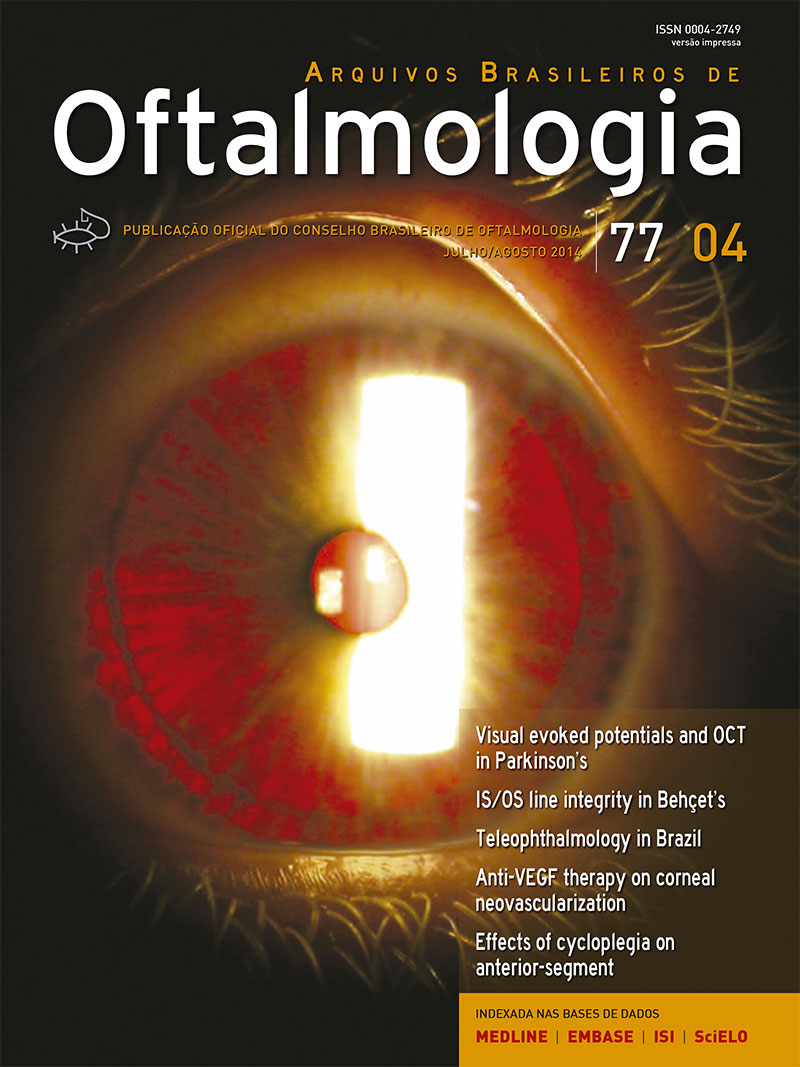Purpose: To study the changes in anterior chamber depth (ACD), anterior chamber angle (ACA), and pupil diameter (PD) during accommodation. Methods: Eighty eyes of 80 subjects, aged 22 to 40 years, were included. The rotating Dual Scheimpflug and a Placido disc system (Galilei G4, Ziemer Ophthalmic Systems AG, Switzerland) was used to measure the changes in ACD, ACA, and PD during accommodation. ACD measurement was taken for the central zone and for 4 more positions, each in different orientation (nasal, superior, temporal and inferior), 4 mm away from the centre. ACA was measured for the whole eye as well for the nasal, superior, temporal, and inferior quadrants. These metrics were obtained for various accommodation stimuli, ranging from +1 D to -4 D in 1-D steps. Results: For a given position, the ACD did not vary significantly with accommodation. For the central ACD, the percentage of relative change between far and near vision was -4.11%. The ACA was significantly lower at the inferior, temporal, and superior positions. There was no change in the ACA of the whole eye and that of the nasal orientation. These two eye metrics were significantly lower in the superior-nasal than in the inferior-temporal region. At each vergence studied, the PD decreased significantly with accommodation. The relative change after the -4 D stimulus was -8.13%. Conclusion: ACA and PD varied significantly with accommodation, whereas no such variation of ACD was observed. Further, the anterior chamber was found to be asymmetrical, with the nasal-superior area becoming significantly shallower than the inferior temporal region.
Keywords: Anterior chamber; Pupil; Accommodation, ocular; Techniques, measures, measurement equipment
